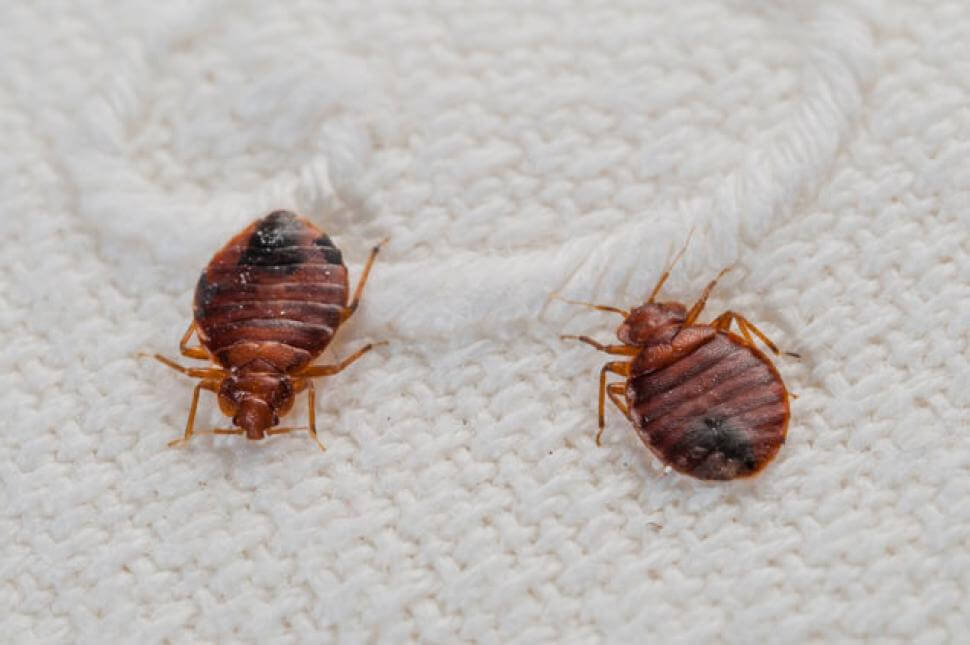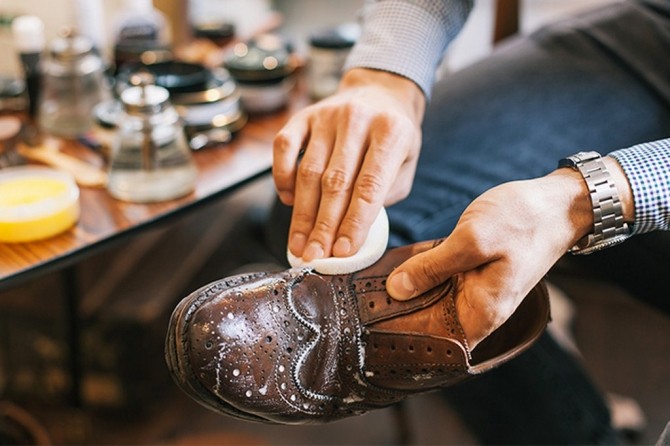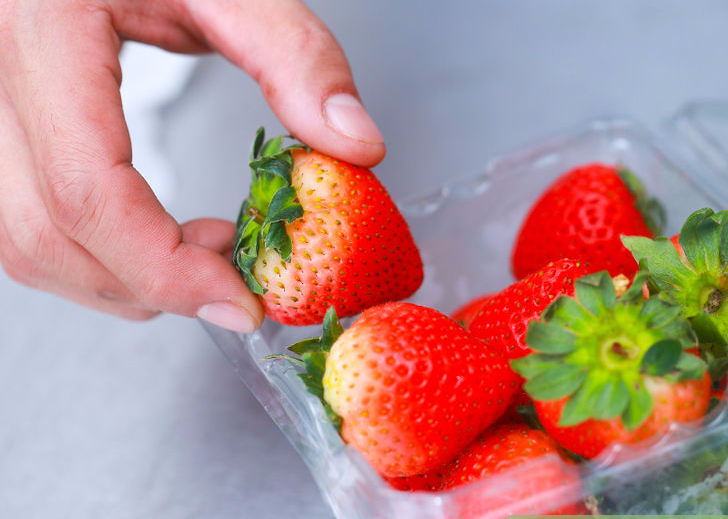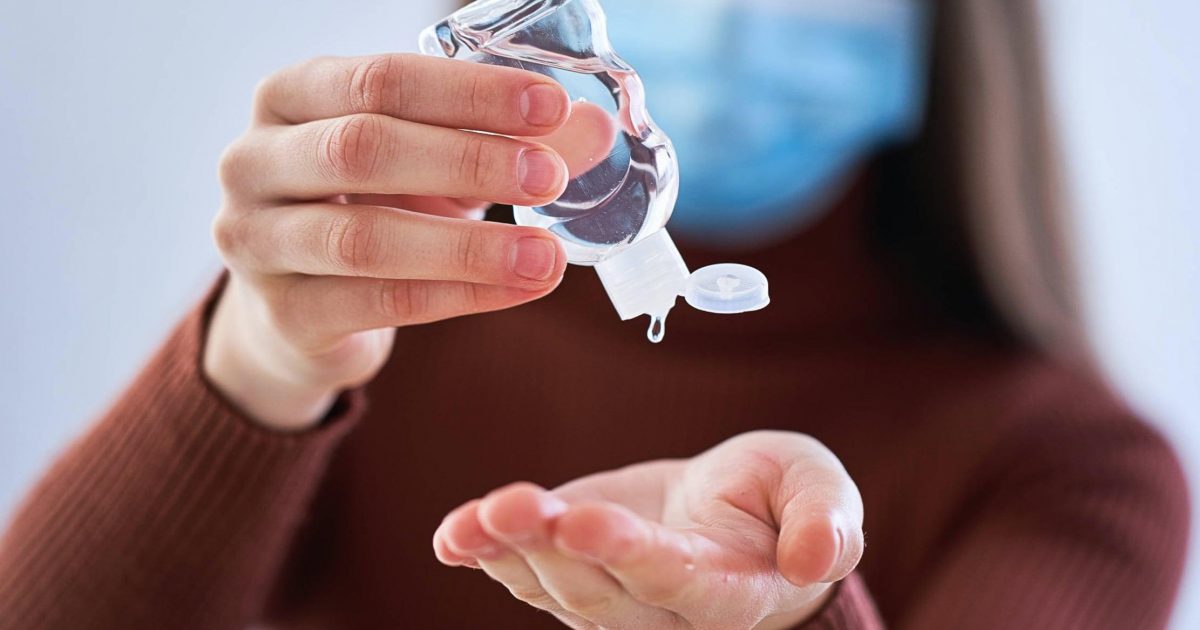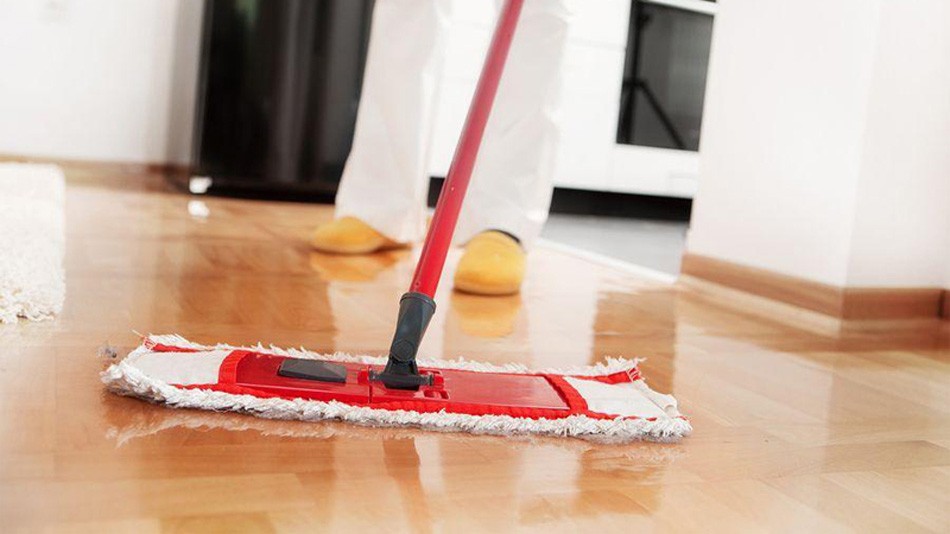Coffee. So fragrant, delicious, desirable in the morning. It energizes you and puts you in a good mood all day long. But there is one drawback – coffee leaves stains on clothes. Very noticeable and difficult to remove. But it can be removed using whatever simple remedies you may have in your kitchen. Let’s see how to remove coffee stains from different kinds of fabrics.
– Natural Fabrics
Natural linen and cotton fabrics Natural linen and cotton fabrics absorb water very quickly, so if you get coffee on them, the best thing to do is to wash the garment immediately. If you go through the whole day with the stain, you can ruin it permanently, without being able to clean it up.
But here’s the good news: it’s very easy to clean the fabric from “fresh traces.” It’s enough to soap the stain and rinse off the remnants of the solution, sometimes the procedure has to be repeated several times. If the thing is monochrome, you can boil it, but it is desirable to clean colored clothes under slightly warm or even cold water – so it does not fade.
– Stale stain.
If the coffee stain is already dried and absorbed into the fibers, it’s much harder to remove. You can try soaking clothes in salt water (with the addition of ordinary kitchen salt), and then washing in the machine, turning on the double rinse mode.
– Silk and wool
These fabrics are not easy to clean and require very gentle treatment. A stain on them should first be blotted with a cloth soaked in a mixture of ammonia and soap solution, and only then wash. To prepare the solution it is better to take regular laundry soap. Ammonia alcohol is needed literally a couple of drops (at the rate of 3-5 teaspoons per liter of water).
Wool can be pre-cleaned with a tampon dipped in gasoline, and then ammonia and soap solution. But then you need to rinse the clothes well – to remove chemical odors.
– How to remove stubborn stains?
Hard to remove stains. You can get them out with a saline solution or glycerin. The first method is quite time-consuming, but effective. At first, coffee traces should be cleaned with a brush soaked in clean warm water – so that the mixture penetrated well into the depths of the fibers. After that, clothes should be rinsed in soapy water with calcined salt (in the proportion of half a teaspoon of salt), and rinsed 3 times – twice in warm water and once in cold water.
It’s easier with glycerin. You need to apply it to the stain and leave it on for 20 minutes, and then just wash it. If the stain is very old, you can mix a teaspoon of glycerin with a glass of water and a couple of drops of ammonia alcohol, but be careful not to damage the fabric.
– Removing coffee from white fabric
White clothes can be cleaned with glycerin with the addition of citric acid – this mixture should be treated traces, and then just wash things. The method is suitable for satin and knitwear.
– Synthetic fabrics
Synthetics can be cleaned with alcohol: soak the garment in water with alcohol (one teaspoon per liter) and rinse.
– Removing a stain from jeans
Denim fabrics are well exposed to ammonia or food acids. You can mix 10 drops of ammonia with 500 grams of water, pour it on the stain, and then wash it. Or take citric acid and oxalic acid, mix them and leave them for an hour and a half, then simply rinse the jeans.
– Upholstered furniture and carpets
Upholstered furniture and carpet cannot be soaked, so you need to act by other methods. Take a 3% hydrogen peroxide solution and try to discolor the stain – but first check how it affects the type of fabric of your furniture in an inconspicuous place, whether it will ruin the fabric. But it is better in this case to contact a dry cleaner.
– Leather
Leather can be rubbed with gasoline or turpentine. But don’t over-dry the cloth so that it doesn’t start to crack. You can (and are recommended to) use special leather cleaners. And suede can be cleaned with a soapy solution and a soft sponge.
– Shedding fabrics
To clean fabrics that are shedding, you can take a 10 percent solution of borax. If the stain is still visible, try mixing salt with lemon juice, applying it to the fabric and waiting a while.
– Coffee and Milk.
The peculiarity of a latte or cappuccino stain is that such a stain is also greasy (due to the milk). Therefore, it will have to be removed in two stages. First with gasoline, and then with 3% hydrogen peroxide. They can be applied with a brush or rag, and then a good wash and rinse.

